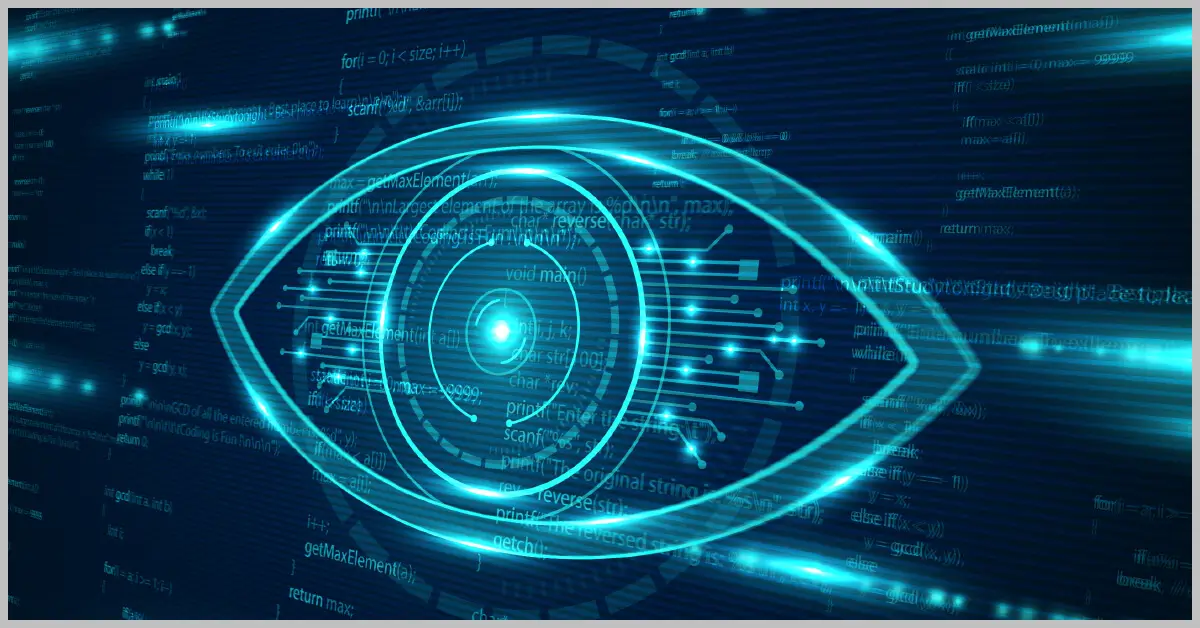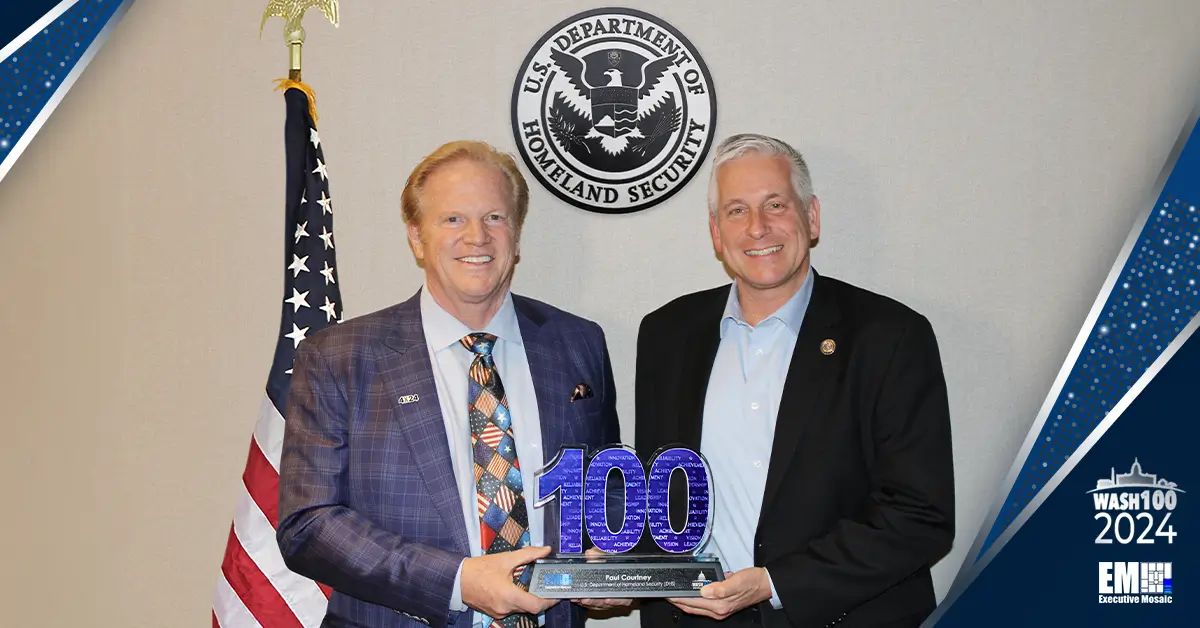Public engagement is a regular part of many agencies within the Department of Homeland Security, such as the Transportation Security Administration, Customs and Border Protection and more. With its wide variety of public operations, it is critical for the DHS to ensure that its interactions with customers run smoothly.
One way the department has sharpened its focus on customer experience, or CX, is through the September establishment of its new Customer Experience Directorate, which is dedicated to aligning the DHS with goals laid out in an Executive Order focused on improving federal CX.

Dana Chisnell, the organization’s executive director, will deliver the keynote address at the Potomac Officers Club’s The CX Imperative Forum on Jan. 25. During the event, you will have the opportunity to hear from leaders from a variety of federal agencies as well as the private sector, who will come together to discuss the ways in which government organizations can optimize the experience of their customers.
To learn more and register to attend the event, click here.
In harmony with the CX Directorate’s goals are a variety of agency-specific CX improvement initiatives. Keep reading to learn more about how DHS agencies are approaching CX enhancement.
Mobile ID Screening
To speed up traveler processing at airport checkpoints, TSA is developing new technologies and methods that will enable travelers to present identifying information to officials using their mobile devices. Under the Next Generation Identity: Mobile Driver’s License project, a collaboration with the Science and Technology Directorate and the National Institute of Standards and Technology, TSA is working to create a framework for the program, establish security, privacy and authentication protections and set standards for the acceptance of mobile driver’s licenses at these checkpoints.
Traveler Processing
For CBP, one aspect of improving CX is streamlining the entry and exit processes for airport travelers. To do so, the agency launched its biometric entry-exit program, which uses facial recognition technology to match a traveler’s photo to existing photo templates from passenger travel documents using cloud-based technology. This method of verification is designed to provide travelers with a smoother processing experience at border checkpoints. Since the beginning stages of its deployment in 2021, this method, called Simplified Arrival, has enabled the processing of over 300 million travelers. Currently, this program is operational at 48 airports, and the agency has also expanded the use of biometric technologies at 38 seaports and pedestrian lanes at both the Southwest Border and Northern Border ports of entry.
Workforce Development
Making any CX initiative possible requires a workforce that understands the needs of DHS customers. In September 2022, the department launched an effort to hire hundreds of technologists with product management and CX experience. This department-wide endeavor is intended to acquire personnel that would support the DHS’ goal of digitizing services and limiting administrative burdens and drive progress in CX initiatives like TSA’s Mobile Drivers Licenses project and U.S. Citizenship and Immigration Services’ myUSCIS portal, which allows users to create a personalized account that helps guide them through the immigration process.
Don’t miss your chance to learn more about DHS CX efforts at the Potomac Officers Club’s The CX Imperative Forum! Click here to secure your spot.






